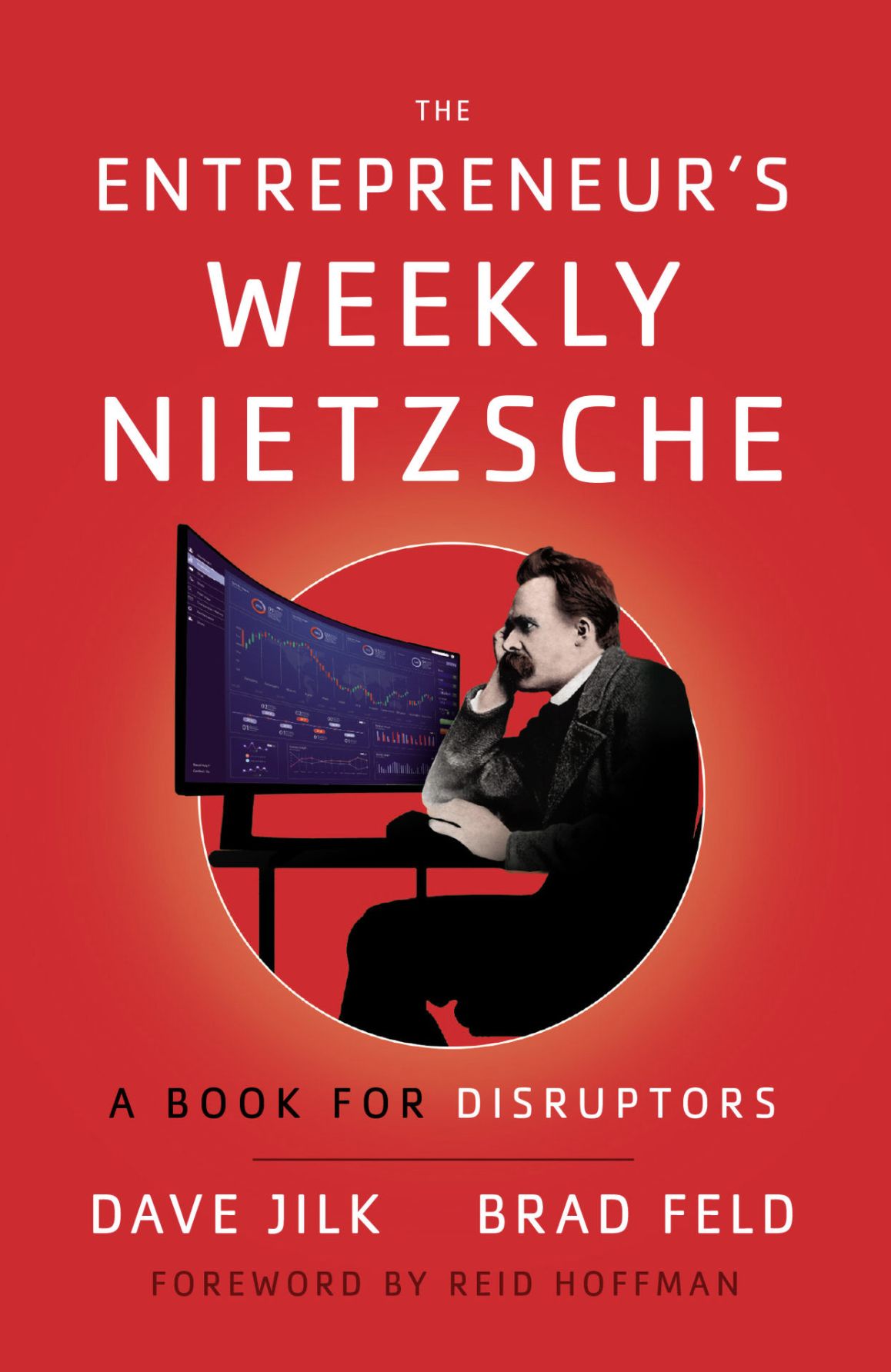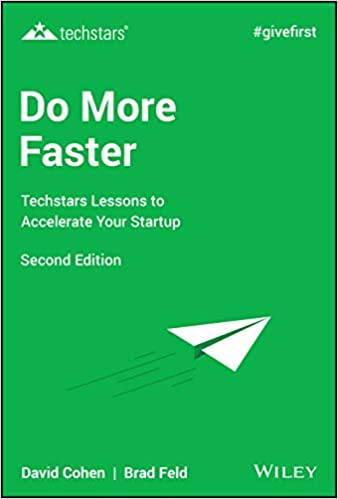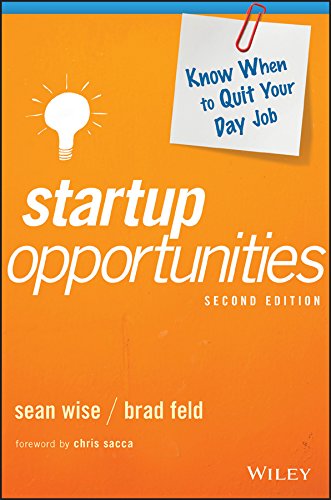Thoughts on the New Jersey Innovation Evergreen Fund
On October 1st, New Jersey Governor Philip Murphy announced a $500 million plan to increase venture capital investment in the state. The move is motivated by New Jersey’s decline (relative to other states) in venture capital investment the last decade, and his belief that an expansion of publicly-subsidized venture capital pools will help turn things around.
The plan calls for the establishment of an evergreen fund (with no fixed time horizon), whereby the state will co-invest with venture firms that put money into New Jersey startups. Half of the $500 million will come from corporations through an auction of tax credits (sold at a discount and subsidized by public funds), and the rest would come from the co-investments made by venture capital firms. The state’s portion of net returns would be reinvested into the fund for future use.
Information on the plan is still sparse and there are a lot of details that need filling in. But that’s precisely why we’re speaking up now. The details really matter here—history is littered with failed government venture capital programs that didn’t get the specifics right. So, Governor Murphy, if you’re listening, we’d like to share some ideas with you as your plan begins to take shape.
Understand the problem first
For starters, it’s worth prodding deeper on what exactly is ailing New Jersey’s innovation economy. Is it truly a lack of venture capital supply, or has there also been a change in demand for venture capital (i.e., investment-worthy companies)? It is critical to consider both sides of the equation. “More venture capital” is sometimes the right answer, but in our experience, capital tends to follow good companies—not the other way around. Other factors may also be at play. As one example, New Jersey is heavily weighted in the same technological sectors that have seen their share of venture capital activity overall decline (healthcare and energy) and under-weighted in sectors that have grown the most (business and consumer software and services).
Recognize that entrepreneurship is multi-dimensional
Venture capital is just one of many resources for high-tech startups (we wouldn’t put it at the top, by the way). We recommend the governor take a comprehensive approach, from building “hard assets” like the talent base in the state to developing “soft assets” like seeding the environment for the right cultural conditions to take shape from the bottom up. This latter set of factors often go ignored, but they are critical for startup communities to be successful. The goal should be to make New Jersey the best place for startups to succeed, not to be the easiest place to raise a round of venture capital. These are not the same thing.
Get clear signals from the market
To his credit, Governor Murphy seems keenly aware of one of the biggest pitfalls of government venture capital programs—the lack of private-market participation—by making matching funds by professional venture investors a central pillar of the program. We’d encourage him to go further and require that the state’s participation in a funding round be no more than 40 percent, with the remainder of capital coming from investors or their syndicates. This will better align incentives and reduce moral hazard from investors hoarding the best deals.
Know the risks and rewards of the model you choose
Two of the most popular structures for government-sponsored venture capital programs are fund-of-funds (where the government invests into venture funds) and co-investing (where the government invests into companies). The first is a form of indirect investing where the latter is direct investing. Historically, state governments have been a poor direct allocator of capital into private companies, so the most effective approaches have generally been the fund-of-funds approach. The New Jersey plan appears to be a direct investment program, and for it to be effective, it will need to run by experienced investors with the right incentives and be structured in a way that limits its exposure to political pressure.
Agency and incentives matter—a lot
We have alluded to this in the previous two points, but it’s worth repeating because it’s the second major pitfall that typically sinks government-backed venture capital programs. Because the state will co-invest with venture capitalists, the investors will have agency, making it vital that the objectives of the investors are aligned with those of New Jersey. The successful fund-of-funds approaches have historically encouraged but not demanded the dollars be allocated 100% in the state they are raised from. Adverse selection can quickly come into play here, as the government becomes a source of additional capital, independent of the quality of the investment. Remember that venture capital investing, especially early stage, is extremely high risk / high reward (with a lot of failed companies and investments that go to zero). Avoiding the adverse selection problem is paramount for any co-investment program.
Organization and process will matter a lot too
The public officials charged with administering the program should have deep expertise as startup investors. They should also be compensated appropriately based on the performance of the investments—again, aligning incentives so that capital is put to its best use in the state. It’s also imperative that the individuals have existing relationships in the venture capital and startup community in the area, and that they can make decisions independently from any political influence, favoritism, or corruption. To build public trust, decisions and fund performance should be made in a transparent way. Hire the right people and make sure they are able to do their jobs without interference.
Concentrate activity—don’t spread it around
Though there will be pressure to spread public funds equitably around the state, a more effective strategy would be to bolster regions where startup activity is already occurring. The parts of northeastern New Jersey inside of the New York City metropolitan area account for about 80% of venture deals in the state. However, they are spread out across a wide geographic area, lacking a true center of gravity. This is problematic because modern, innovation-driven entrepreneurship thrives in dense, urban areas. Policies that work to improve density, particularly in areas across the Hudson River from Manhattan such as Hoboken, Jersey City, and even Newark, should be a major priority.
Respect the entrepreneurial process
For venture-backed startups, things move fast, they break, and chaos reigns. Most companies fail. In a typical well-performing venture fund, 50% of the companies will fail, 40% will break even or return very little, and 10% will carry the entire portfolio. Investment decisions must be made quickly and under a high degree of uncertainty (where, ultimately, failure is the norm). Finally, it can take a decade or more for a startup to generate a return on an investment. These conditions, and the decade-long timeframe, are unthinkable for government officials, which is why they need to appreciate this dynamic and protect the program accordingly.
Measure, learn, and adapt
Remember, this is an experiment, so you don’t have to do everything at once. Start small. Learn from what you’re doing, review, and adapt as needed. Repeat. For this to be possible, you need to take measurement seriously. This means building a robust measurement scheme into your roll-out plan and evaluating your activities along the way. As you get a better sense of what’s working, begin to expand your program if it makes sense. It’s also critical to understand that much of what you want to see in the data will take years to unfold and some of it won’t be able to be tracked directly.
Take a very long-term view
We know this is one of the biggest challenges for government engagement with startup communities because it grates against the political cycle, which is much shorter. But, for vibrant startup communities to take shape, it takes decades—at least twenty years—for things to really take hold. While progress can be tracked over a shorter time frame, you must make a long-term commitment to seeing it through. Reach across the aisle and build a bipartisan coalition that will better ensure that happens. The story of Silicon Valley is not an overnight success story; it’s now over 100 years in the making.
Build on your strengths and don’t over-engineer
Don’t try to create a technological or startup cluster from scratch—New Jersey has plenty of them. There is already a well-established tradition of healthcare around Princeton and parts of the northeastern suburbs of New York City, as well as some recent internet platform successes in Newark (Audible) and Hoboken (Jet.com). Something is happening there already. Instead of trying to build something from nothing, search for how you can support the existing infrastructure and fill gaps where key ingredients might be missing. If you don’t know what those are, ask the entrepreneurs. Ask them even if you do.
Make New Jersey a great place to live
One of the most important things of all is to make New Jersey a place where well-educated founders, management, technical teams, and their employees will want to live, work, and raise their families. The value of these indirect policies as a mechanism for entrepreneurship policy is often overlooked in the rush to use direct, blunt force objects that are more familiar to government officials. Young- and mid-career professionals value quality of place tremendously, and with the option to live in New York City and Philadelphia, it is critical that any talent attraction strategy be centered around quality of life.
***
These are just a few ideas that we might consider if we were tasked with structuring a state venture capital program—or more broadly, to improve the environment for startups in a state. We applaud Governor Murphy for his wise recognition that innovation-driven startups are a key to economic vitality and for his willingness to take action to expand opportunities in New Jersey. However, we also want to make clear that errors in conceptual and implementation strategies and tactics could doom a program to failure before it even gets going. Let’s hope Governor Murphy gets things right.








